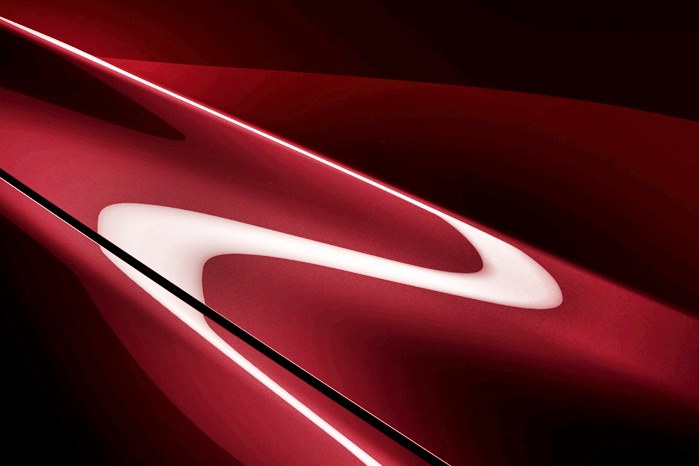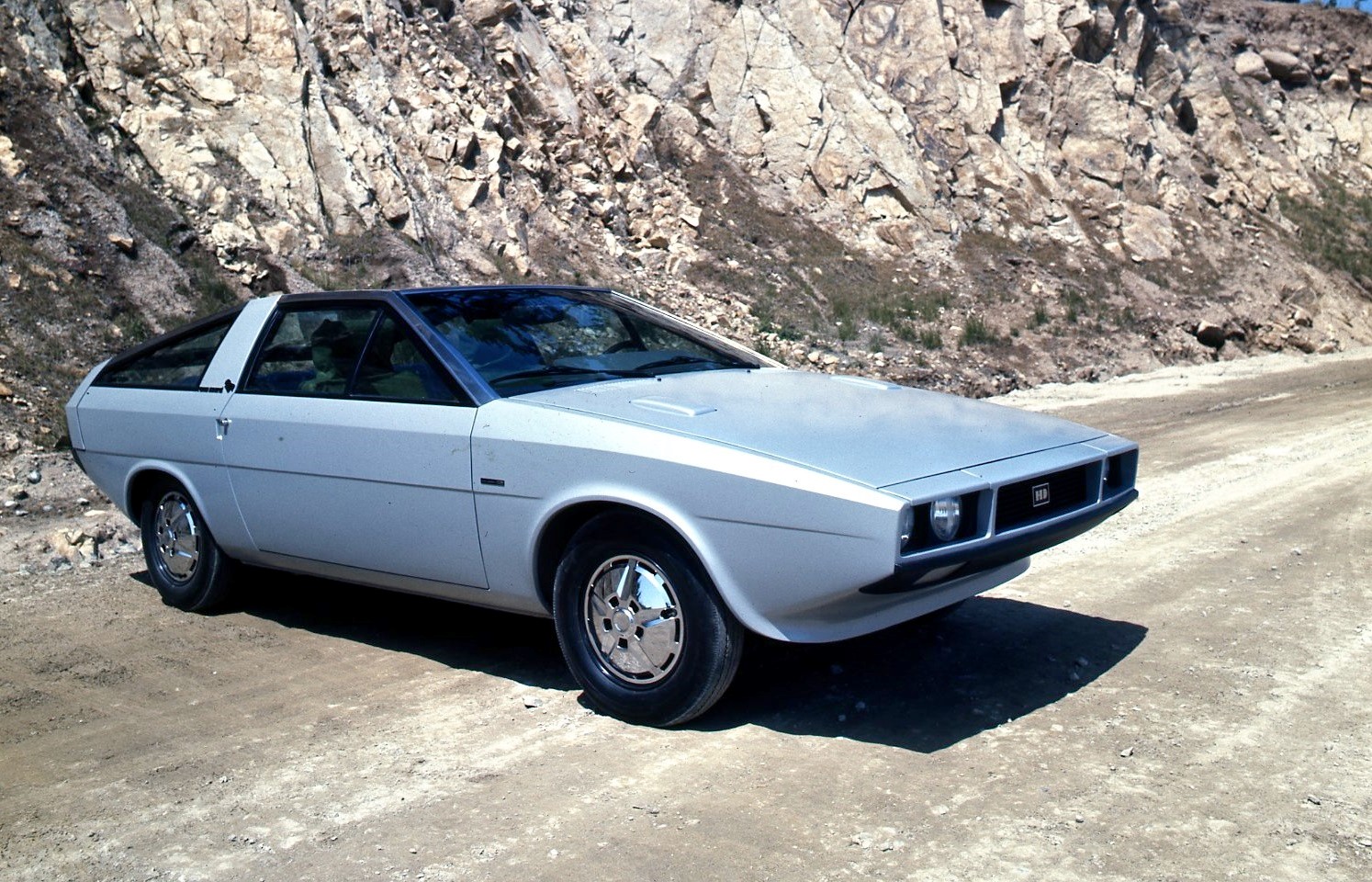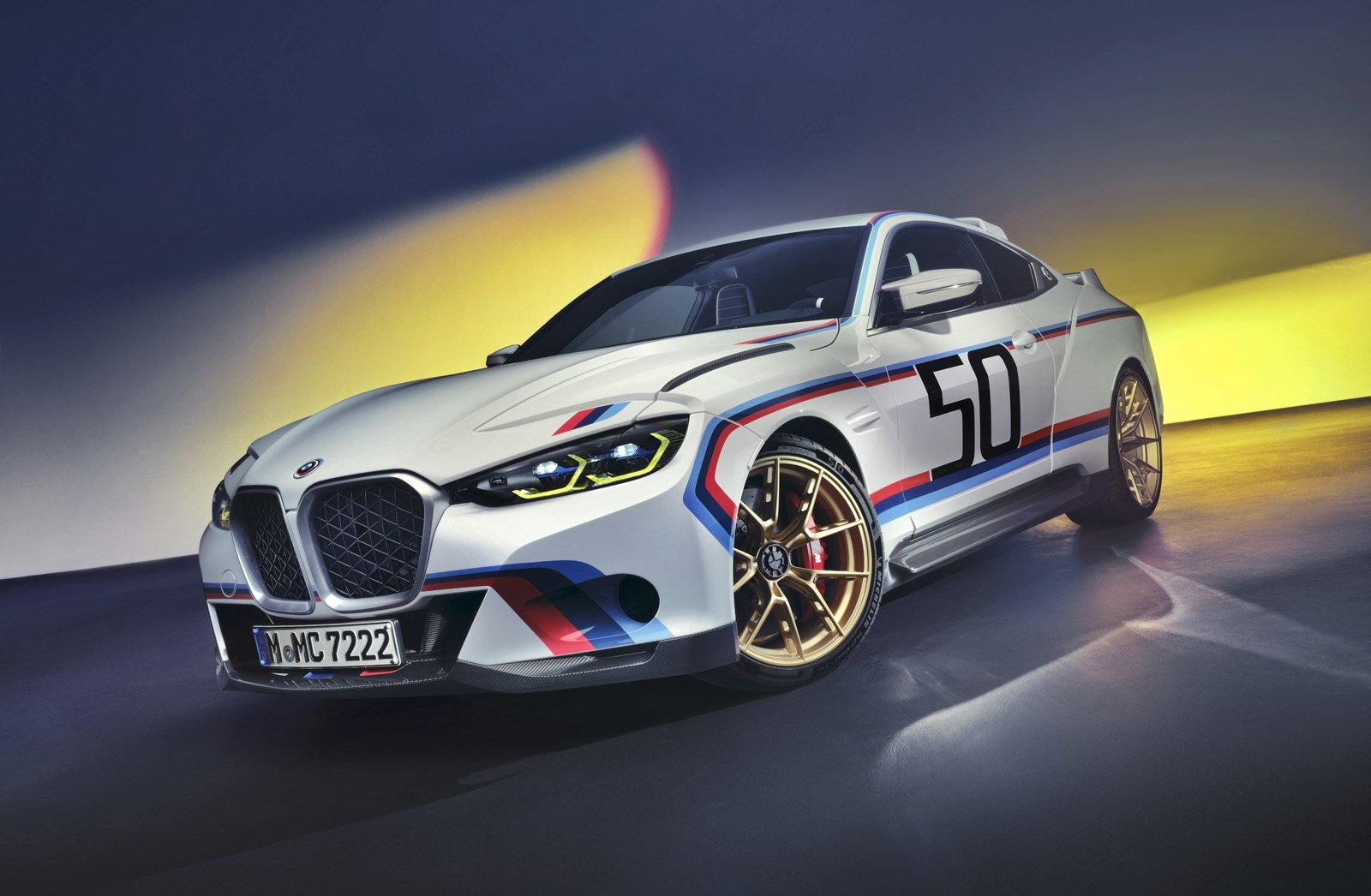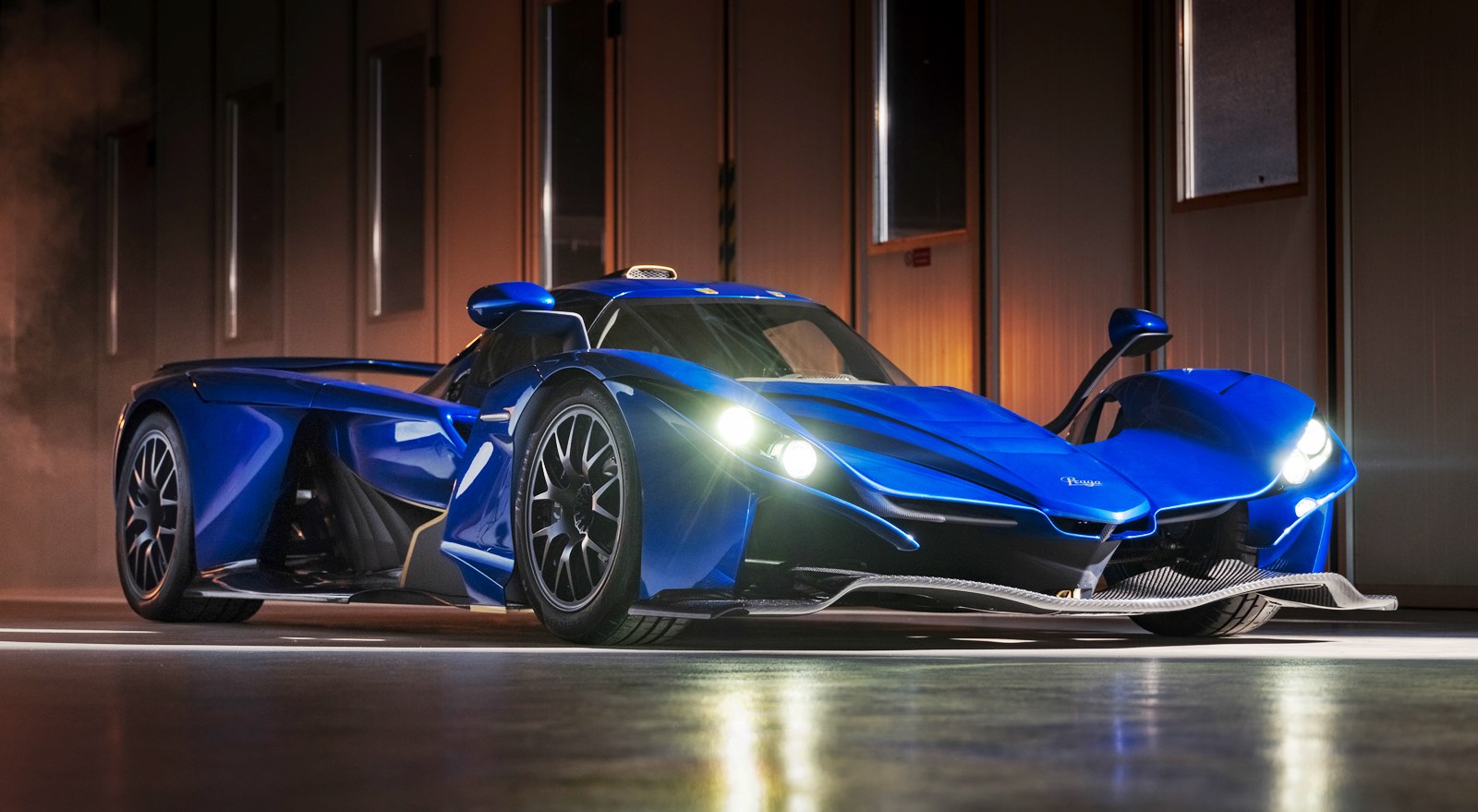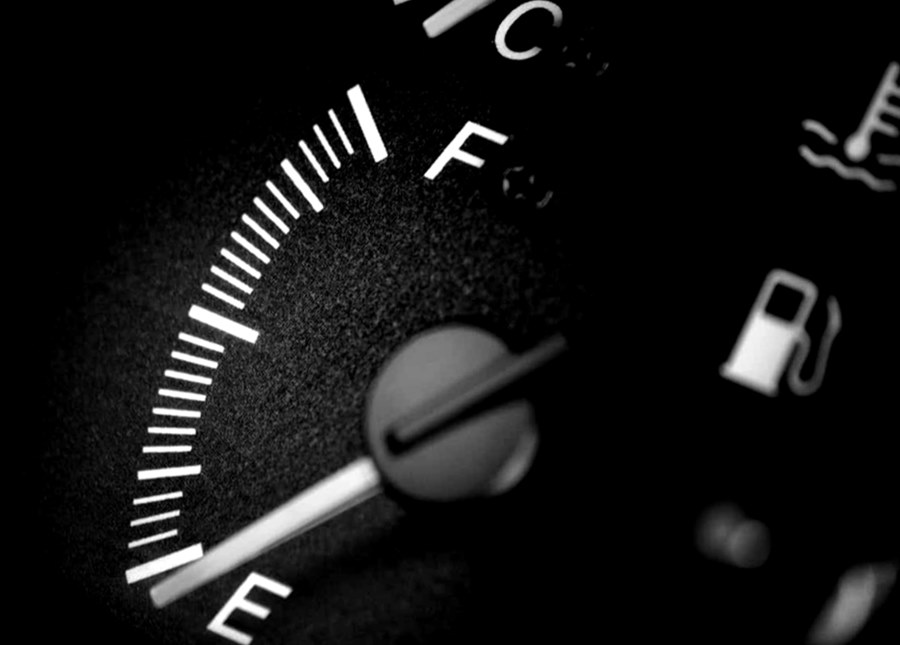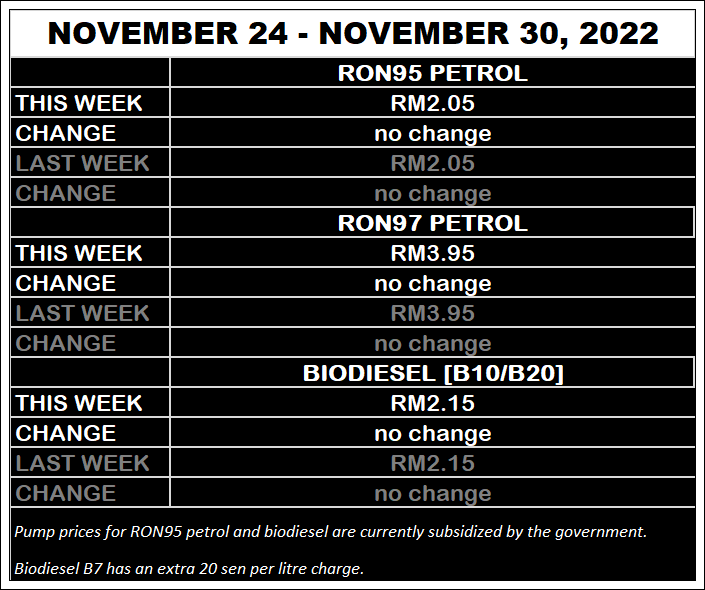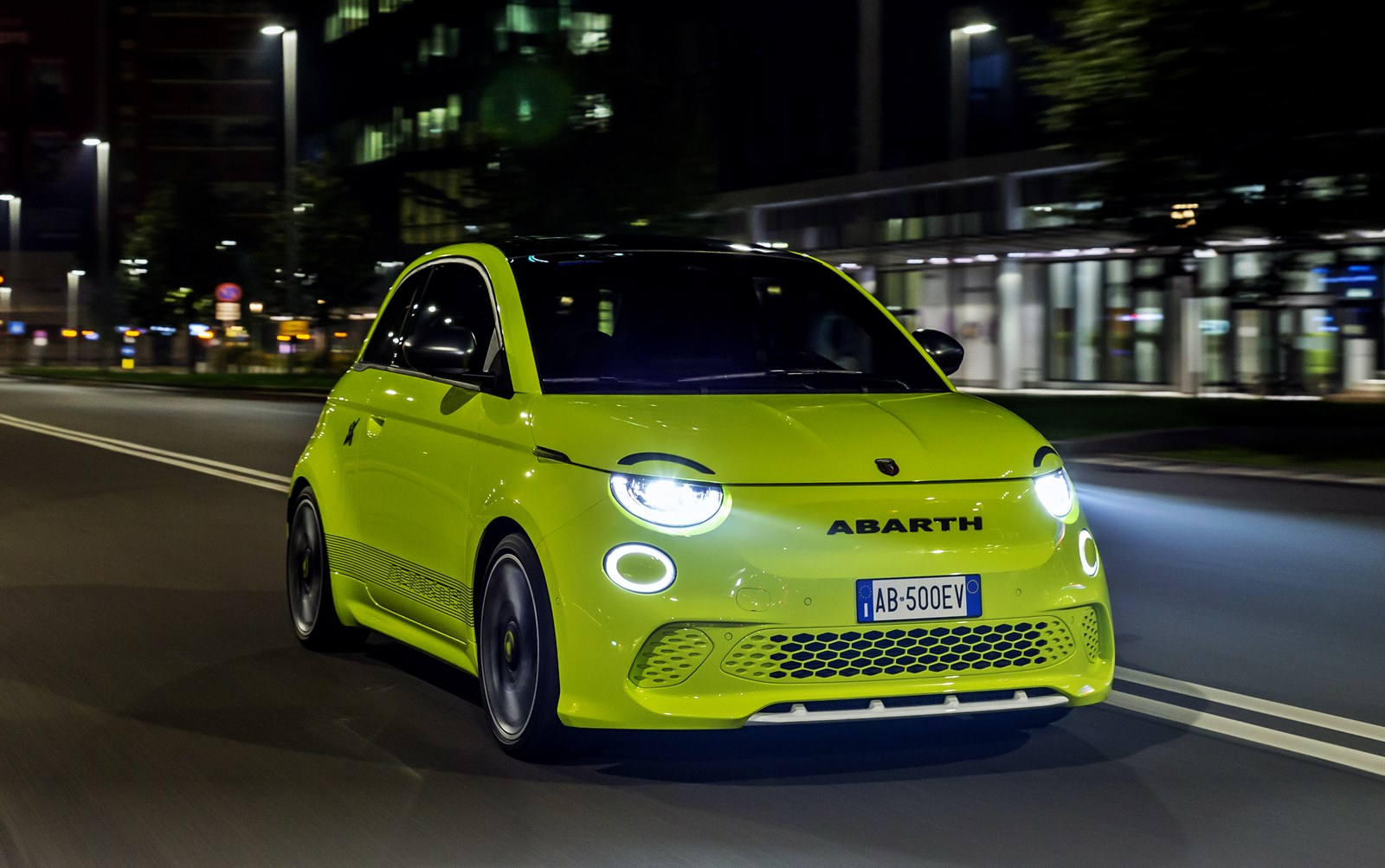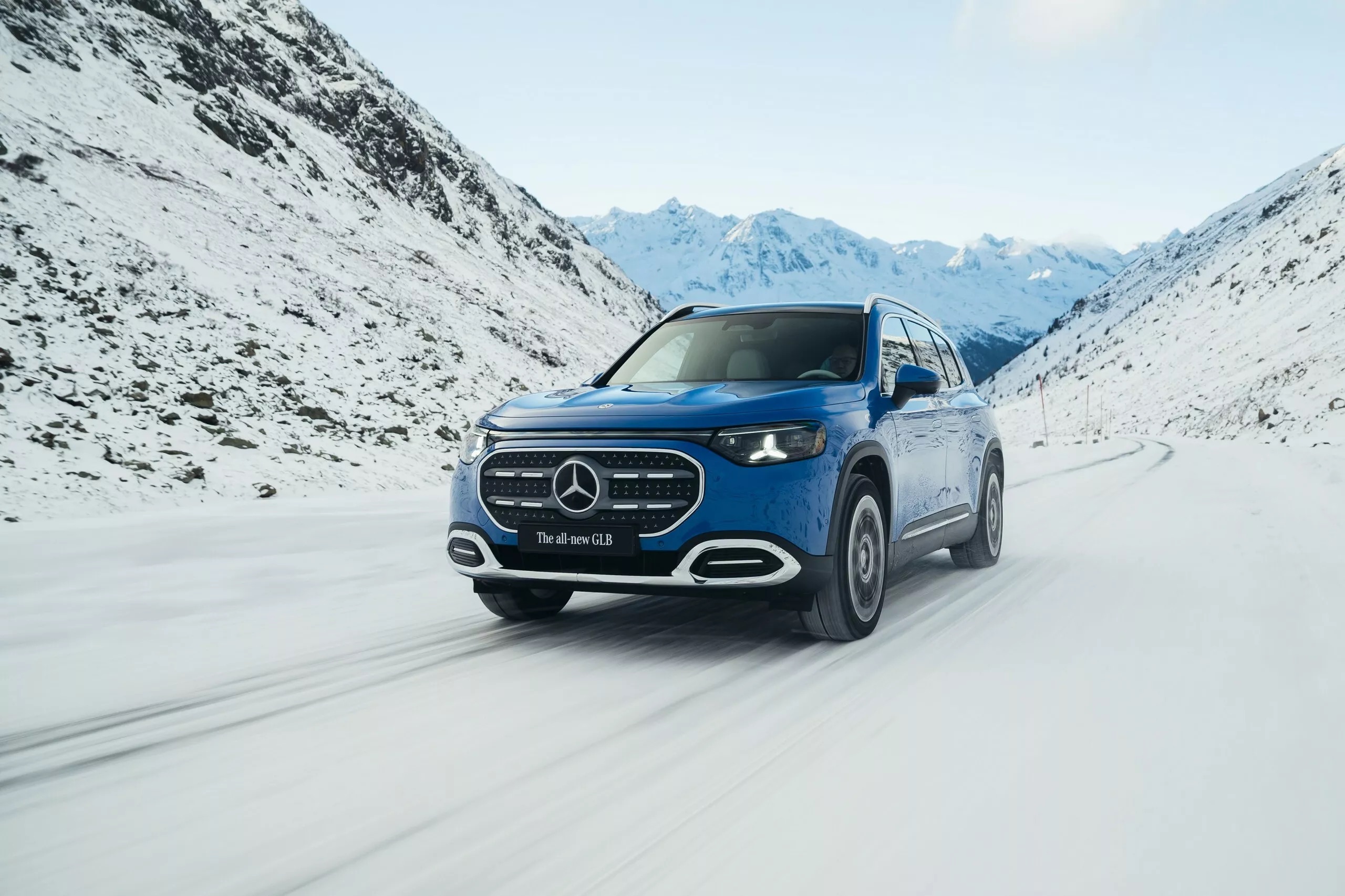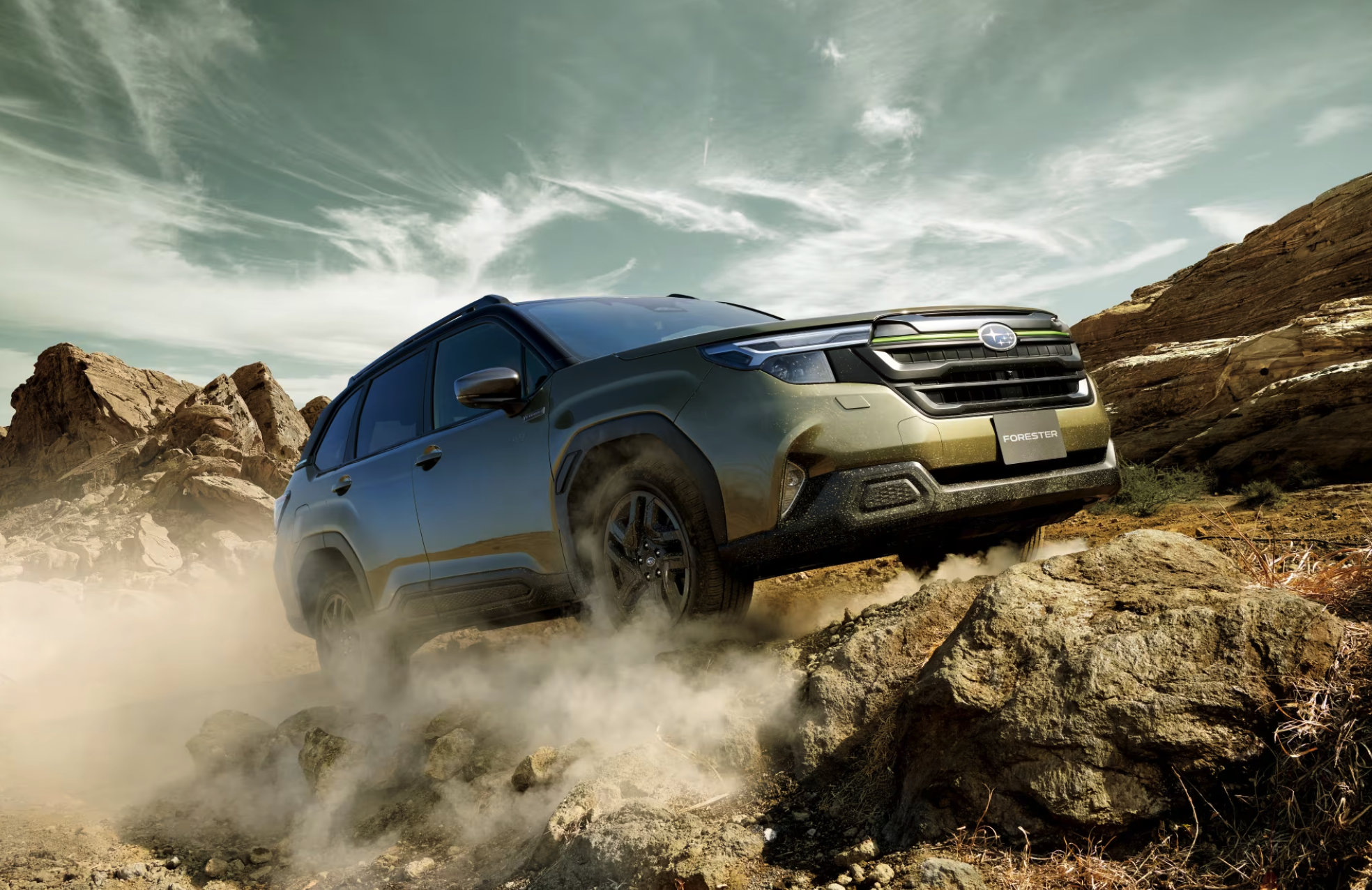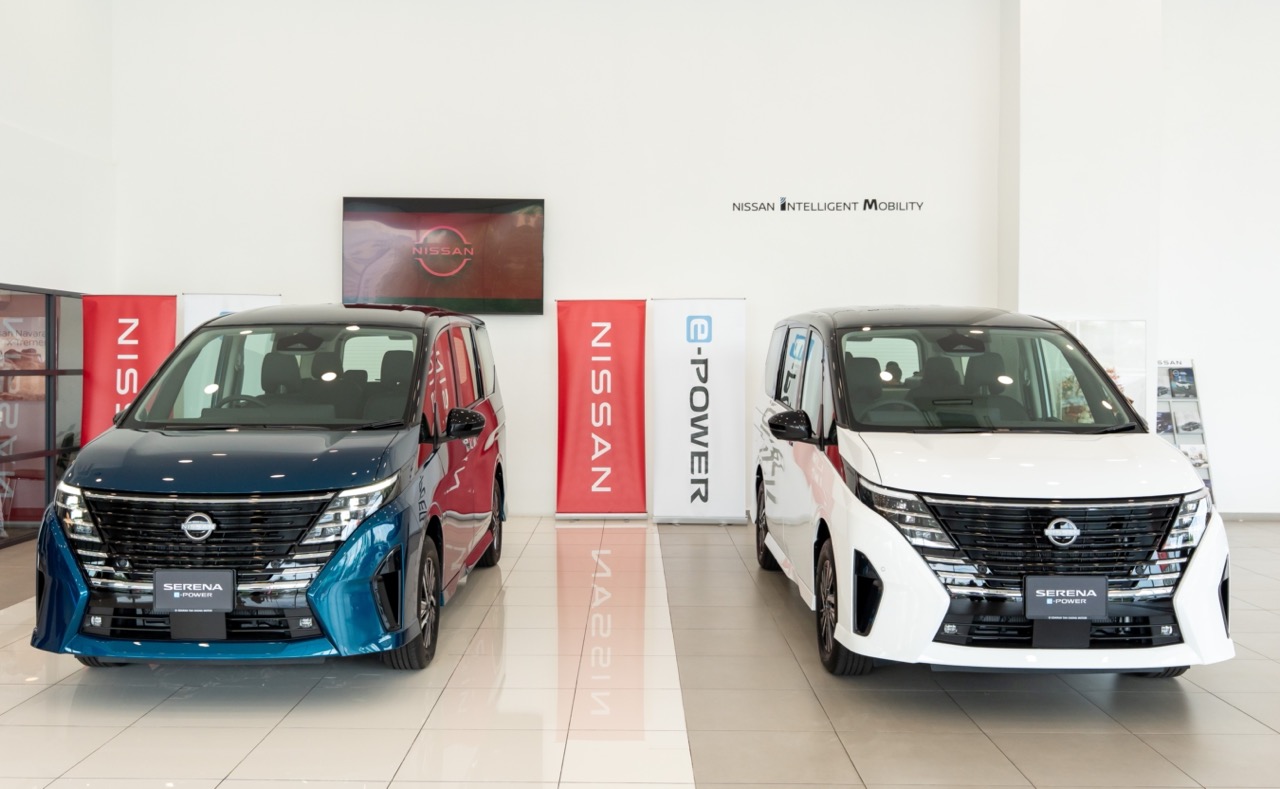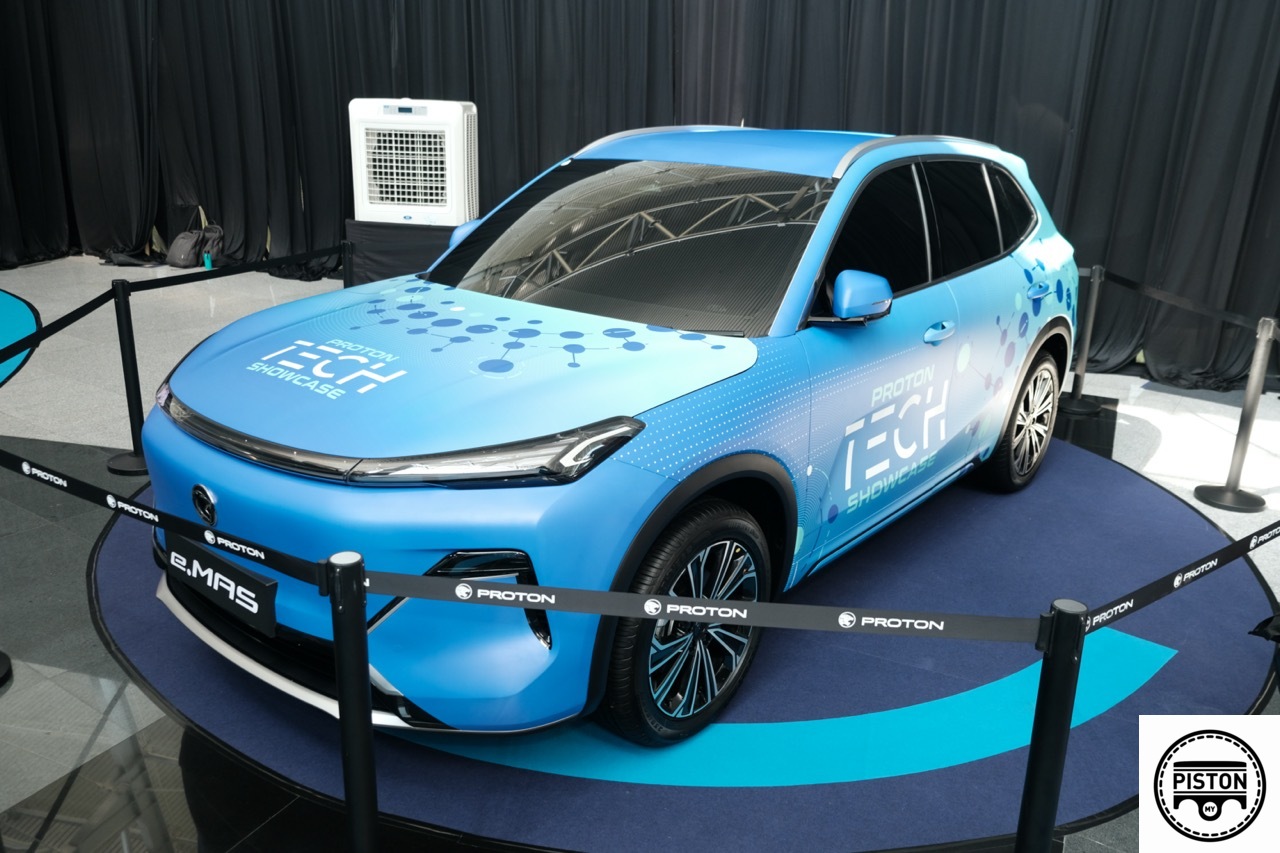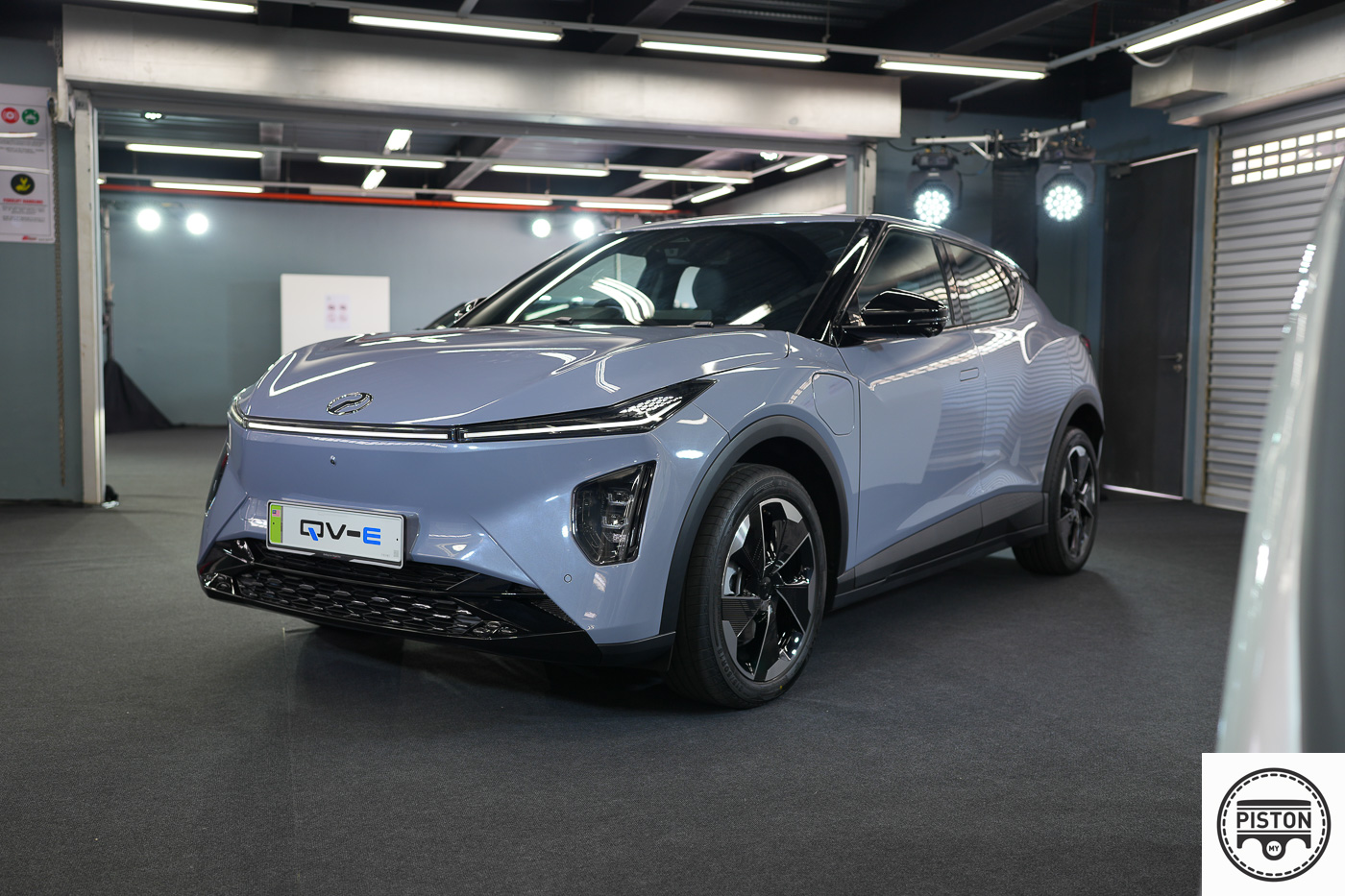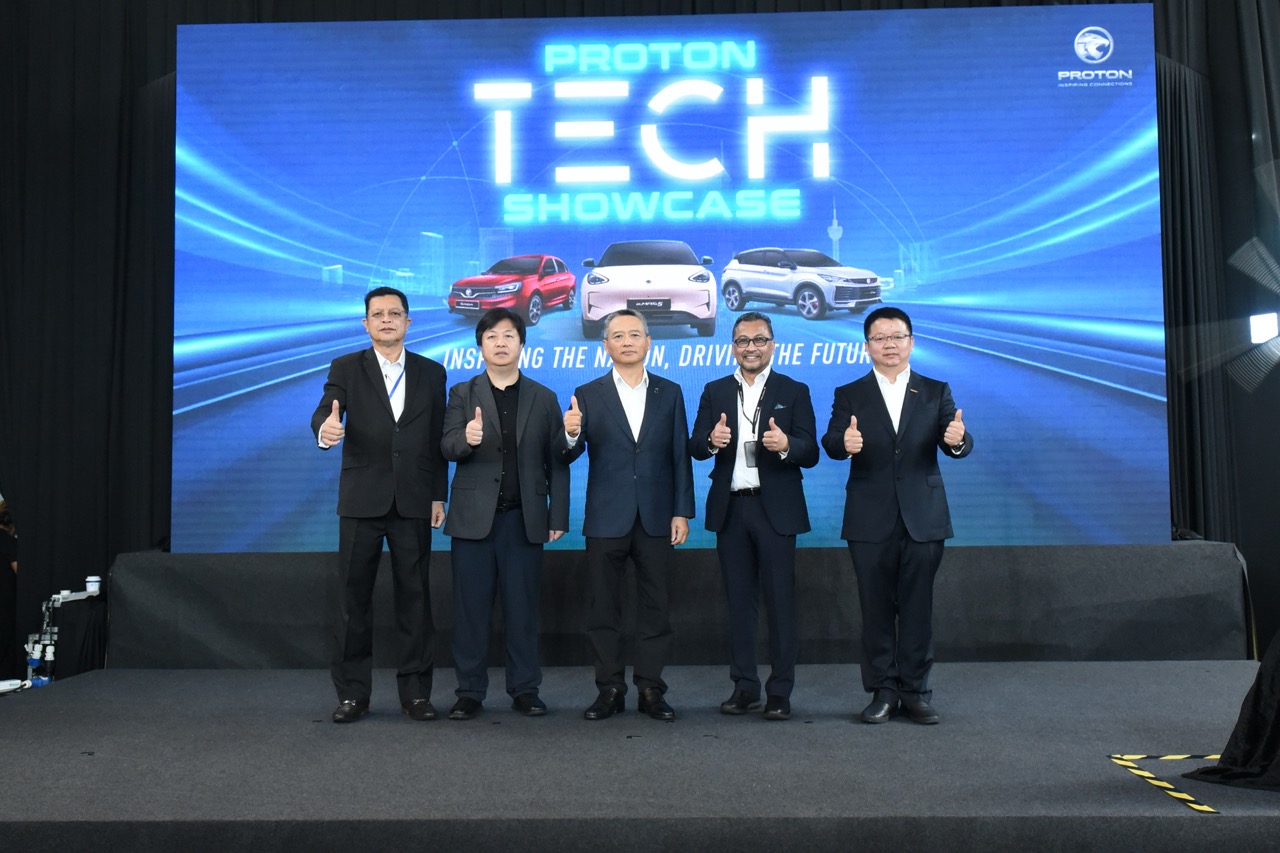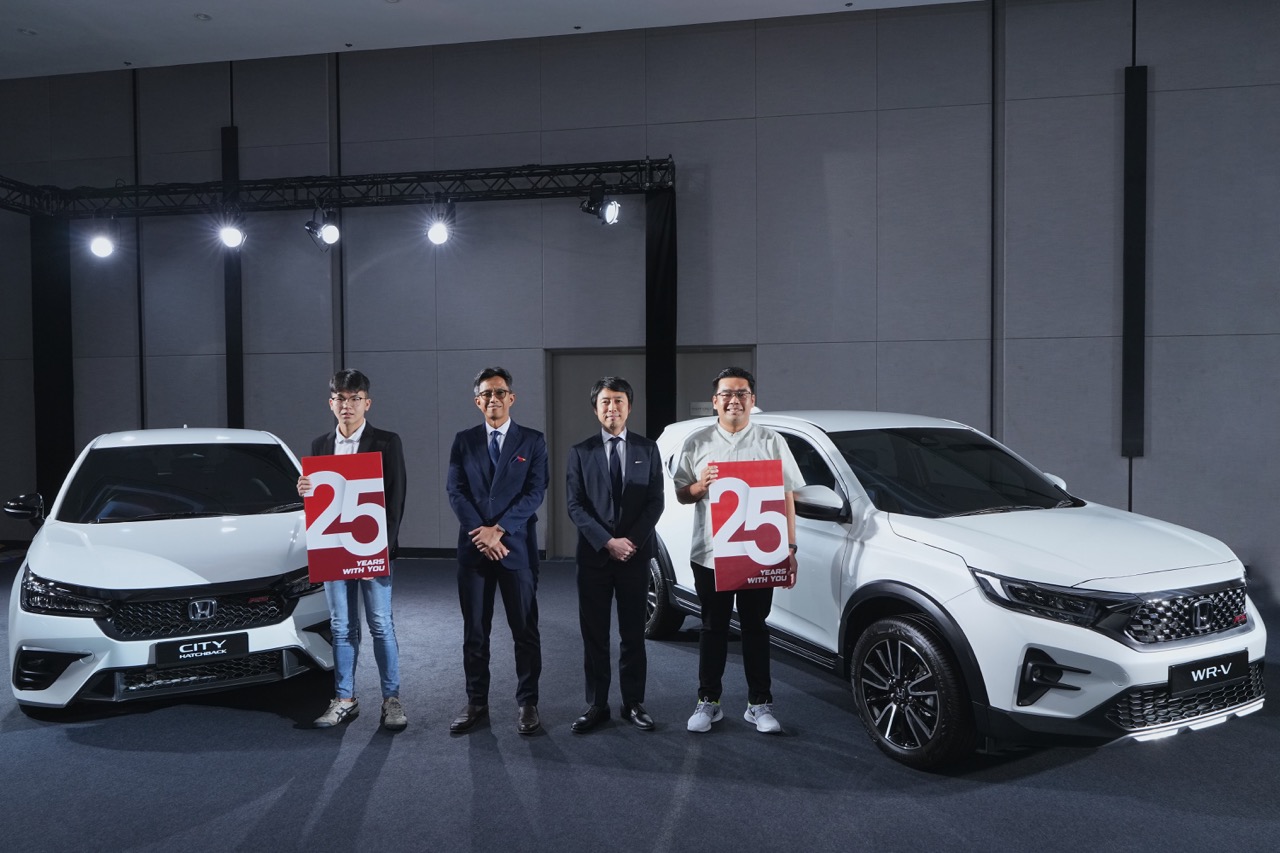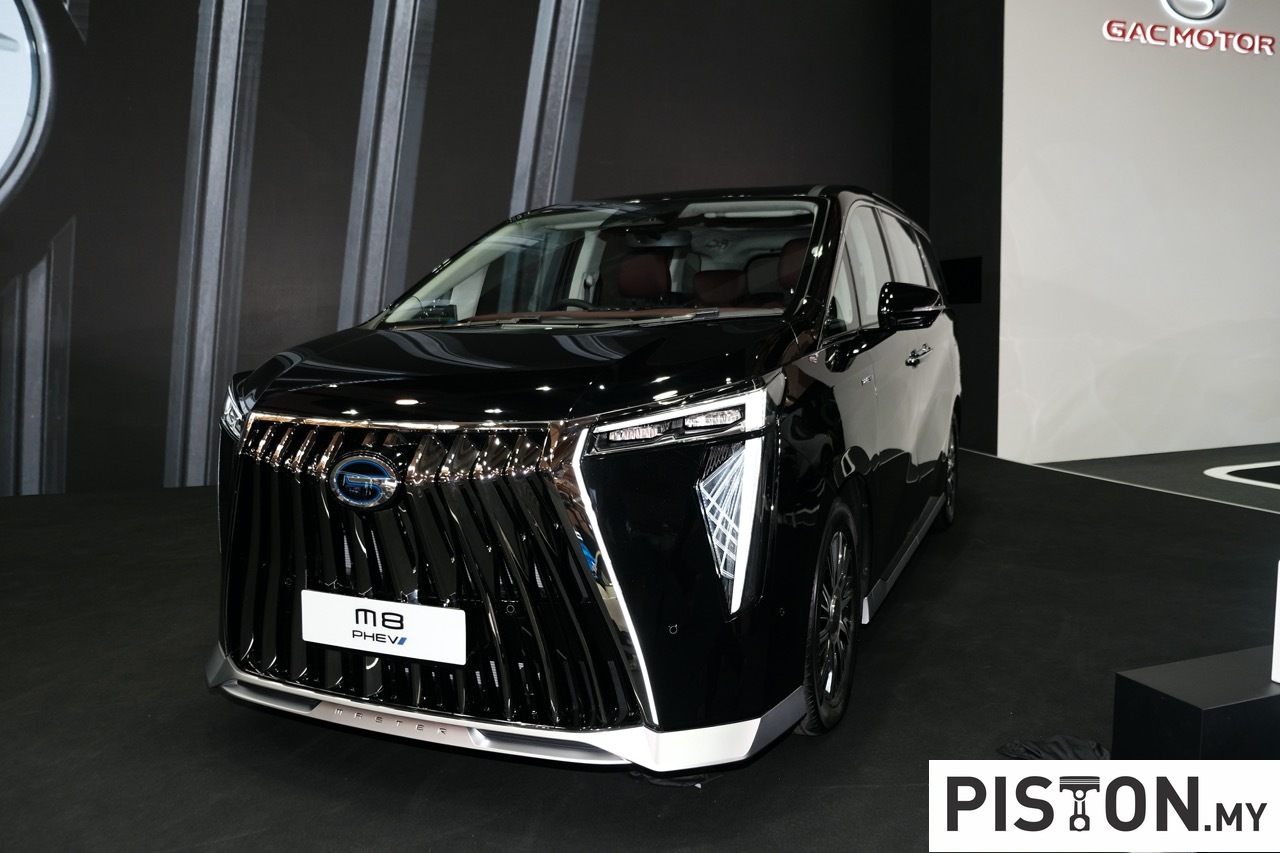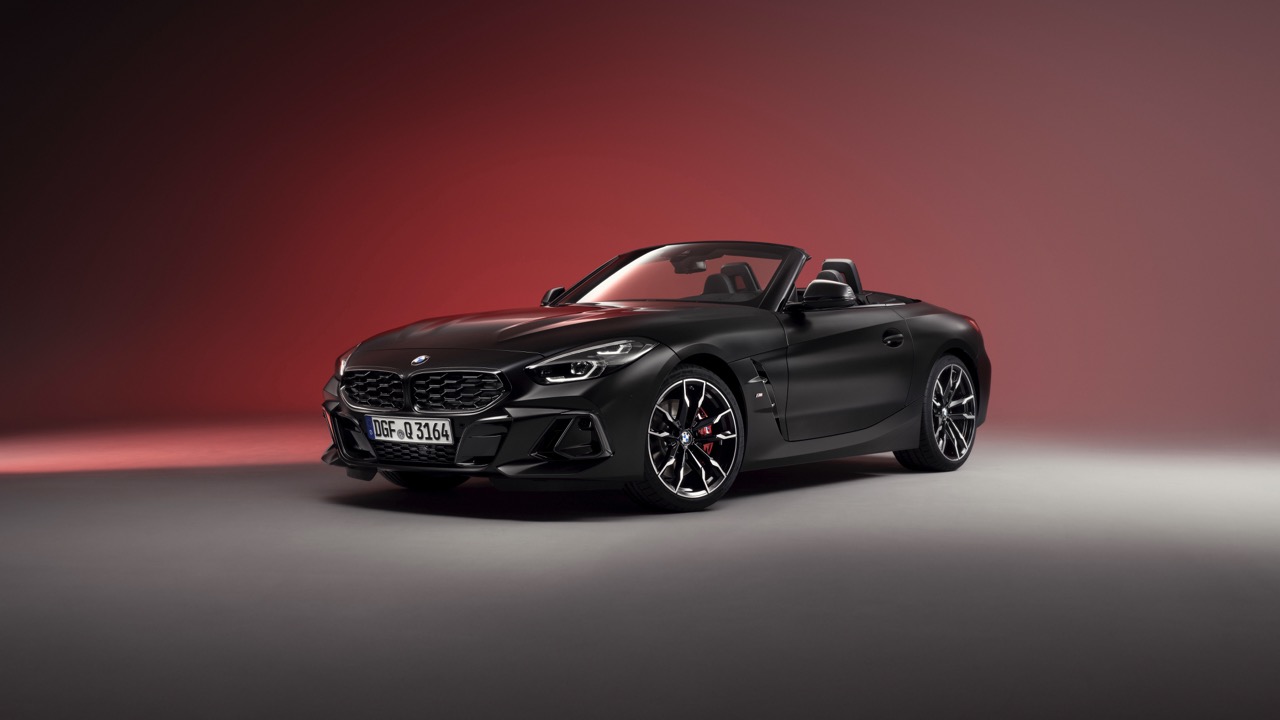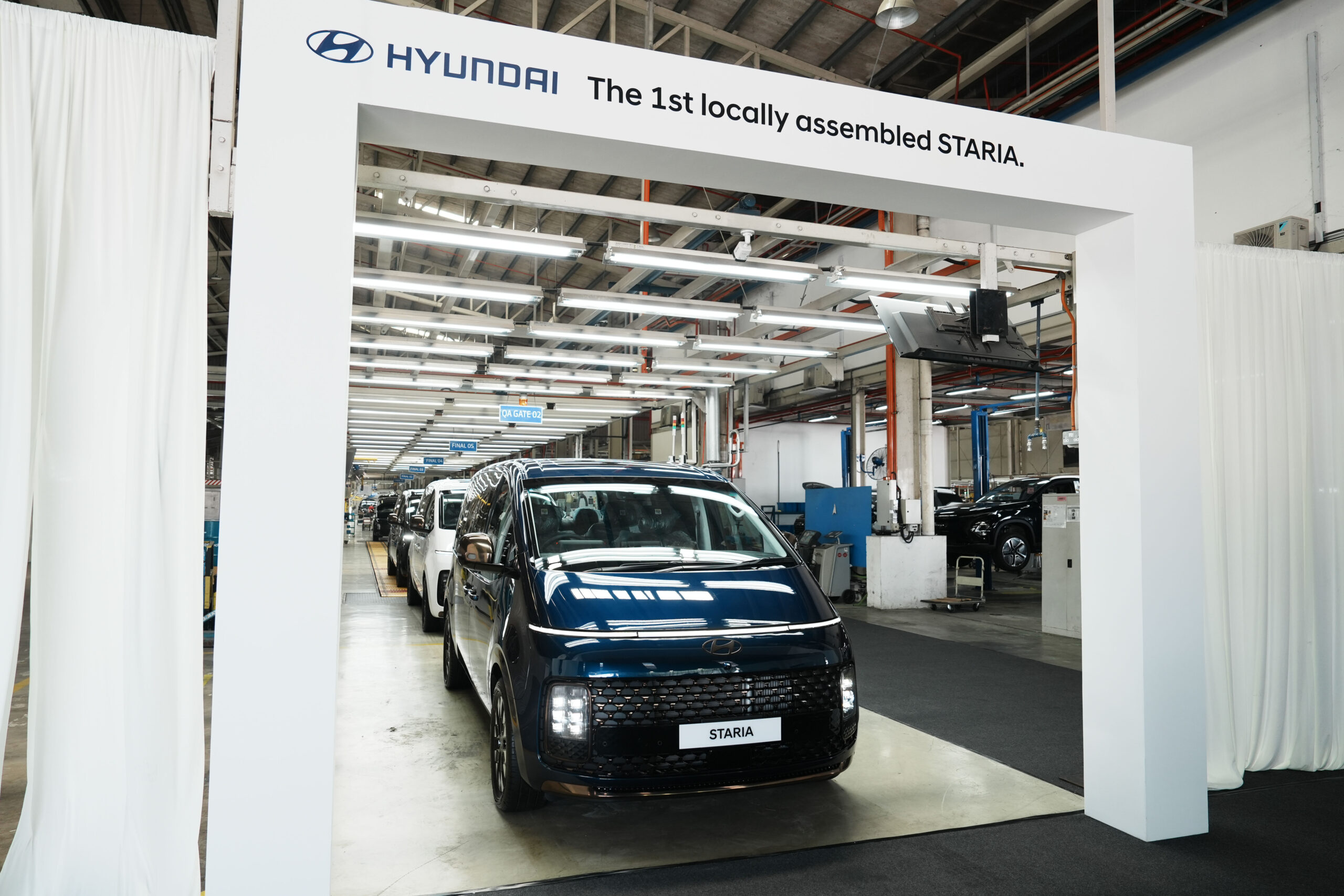For Mazda, design is one of their strongest selling points and they have use design to elevate the image of their products to more premium levels. Their designers also use contrasts of light and shade to create a sense of fluid movement even if the vehicle is not moving. Colour, like red, too plays an important role in accentuating a dynamic and delicate expression in line with the Kodo – Soul of Motion – design theme.
Mazda’s designers believe colour to be a crucial element of what gives form to a vehicle. Over the past 10 years, they have been focussing efforts on developing colours with advanced robotic paint technology called Takuminuri. Red, one of the colours symbolizing Mazda, has received special attention with the first colour known as Soul Red Premium.
Now, joining the three colours is Artisan Red Premium which has been developed to extend the range of how the world views red. This colour will be introduced as a premium highlight for models in Mazda’s current line-up as well as forthcoming releases in its Large Product group.
(more…)
